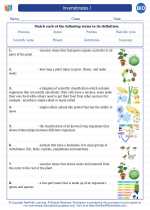Polar Regions: An Overview
The polar regions are the coldest and most inhospitable places on Earth. They are located near the North and South Poles and are characterized by their extreme cold temperatures, unique ecosystems, and stunning natural landscapes. The two main polar regions are the Arctic in the Northern Hemisphere and the Antarctic in the Southern Hemisphere.
Arctic Region
The Arctic region is located around the North Pole and includes parts of Canada, Russia, Greenland, Norway, and the United States (Alaska). It is known for its vast ice sheets, frozen tundra, and unique wildlife such as polar bears, Arctic foxes, and migratory birds.
Antarctic Region
The Antarctic region encompasses the continent of Antarctica and the surrounding Southern Ocean. It is characterized by its massive ice shelves, towering glaciers, and diverse marine life including penguins, seals, and whales.
Climate and Weather
The polar regions experience extremely cold temperatures and long periods of darkness in winter, as well as extended daylight in summer. The average temperatures in the Arctic and Antarctic can drop below -50°C (-58°F), making them some of the coldest places on Earth.
Unique Ecosystems
The polar regions are home to unique ecosystems adapted to the harsh conditions. These include tundra vegetation, mosses, lichens, and cold-water marine species. The regions also support a variety of wildlife, some of which have evolved special adaptations to survive in the cold, such as thick layers of blubber in marine mammals.
Human Impact
Human activities, such as climate change, pollution, and overfishing, are impacting the fragile ecosystems of the polar regions. The melting of polar ice caps due to global warming is a major concern, as it contributes to rising sea levels and disrupts the habitats of polar animals.
Study Guide
- Describe the unique climate and weather patterns of the polar regions.
- Explain the adaptations of wildlife in the polar regions.
- Discuss the impact of human activities on the polar ecosystems.
- Compare and contrast the Arctic and Antarctic regions in terms of geography and wildlife.
- Research a specific polar animal and its adaptations to the cold environment.
- Investigate the current environmental issues facing the polar regions and proposed solutions.
Understanding the polar regions is essential for comprehending the Earth's diverse ecosystems and the impact of human activities on the environment. Studying this topic can also provide valuable insights into climate change and conservation efforts.
[Polar Regions] Related Worksheets and Study Guides:
.◂Biology Worksheets and Study Guides High School. Invertebrates
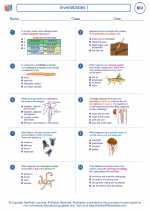
 Worksheet/Answer key
Worksheet/Answer key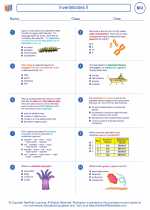
 Worksheet/Answer key
Worksheet/Answer key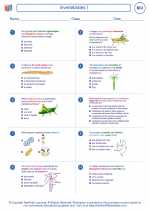
 Worksheet/Answer key
Worksheet/Answer key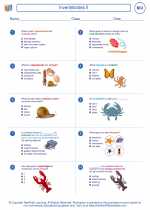
 Worksheet/Answer key
Worksheet/Answer key
 Worksheet/Answer key
Worksheet/Answer key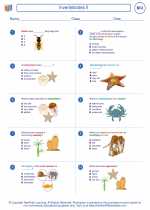
 Vocabulary/Answer key
Vocabulary/Answer key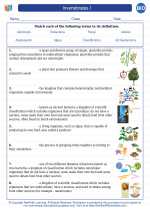
 Vocabulary/Answer key
Vocabulary/Answer key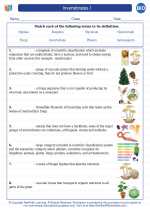
 Vocabulary/Answer key
Vocabulary/Answer key